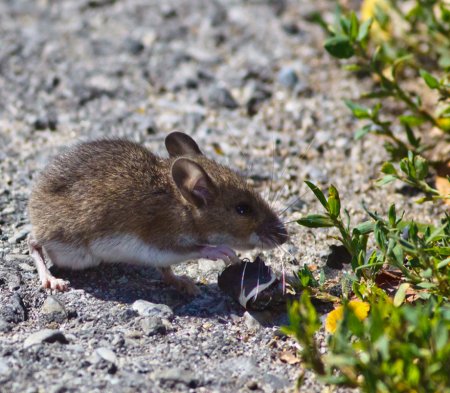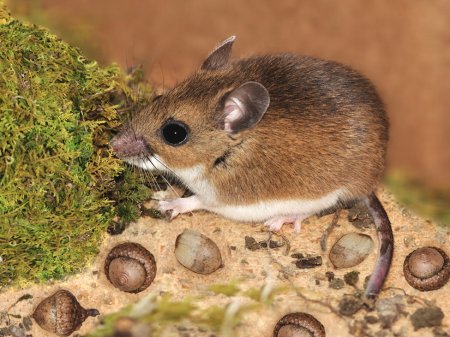Animal health: Hantavirus
Learn about the cause, clinical signs, treatment, prevention, management and transmission to humans of hantavirus.
ISSN 1198-712X, Published January 2013
Hantavirus is carried by some rodent species and can cause severe disease in humans. Good rodent control and careful cleaning of rodent-infested areas will help prevent infection with hantavirus.
Cause
Hantavirus is carried by deer mice, cotton rats, rice rats, white-footed mice, shrews and moles (Figure 1). Infected animals carry the virus in their urine, feces and saliva. Hantavirus is not known to be carried by pet rodents, household mice or common rats.
Clinical signs
Hantavirus usually does not cause disease in rodents or other animals that carry the virus.
Treatment
There are no treatments or vaccines for hantavirus in animals.

Prevention and management
Effective rodent control and careful cleaning of areas inhabited by rodents will help prevent human infection with hantavirus (Figure 2). Signs of the presence of rodents include droppings, nests and gnawing on boxes and containers.
Protect buildings from rodents by covering all holes in walls and setting traps. Fine gravel spread around the perimeter of livestock buildings will also discourage rodents. Keep buildings clean and protect food in sealed containers that are stored off the ground.
When cleaning up after rodents, work carefully to avoid inhaling the virus. When working in a rodent-infested building that has been closed for some time, open the building and let it air out. Spray dead rodents, feces and nests with disinfectant or bleach before cleaning. Wear a respirator, gloves and protective clothing, and spray areas with disinfectant before and after cleaning.

Transmission to humans
Infected rodents shed the virus in their urine, feces and saliva. People can become infected with hantavirus when they inhale the virus, eat food contaminated with bodily fluids of rodents, are bitten by an infected rodent, or touch any broken skin after contact with infected material. North American strains of hantavirus can cause a pneumonia that may be fatal.
Reporting
Veterinary laboratories in Ontario and veterinarians who use a laboratory outside of Ontario must report a diagnosis of hantavirus to the Ontario Ministry of Agriculture, Food and Rural Affairs (OMAFRA). OMAFRA will work with public health officials to ensure that the disease is controlled and that anyone exposed to hantavirus receives prompt medical attention.
For more information on animal health, go to Ontario.ca/animalhealth.